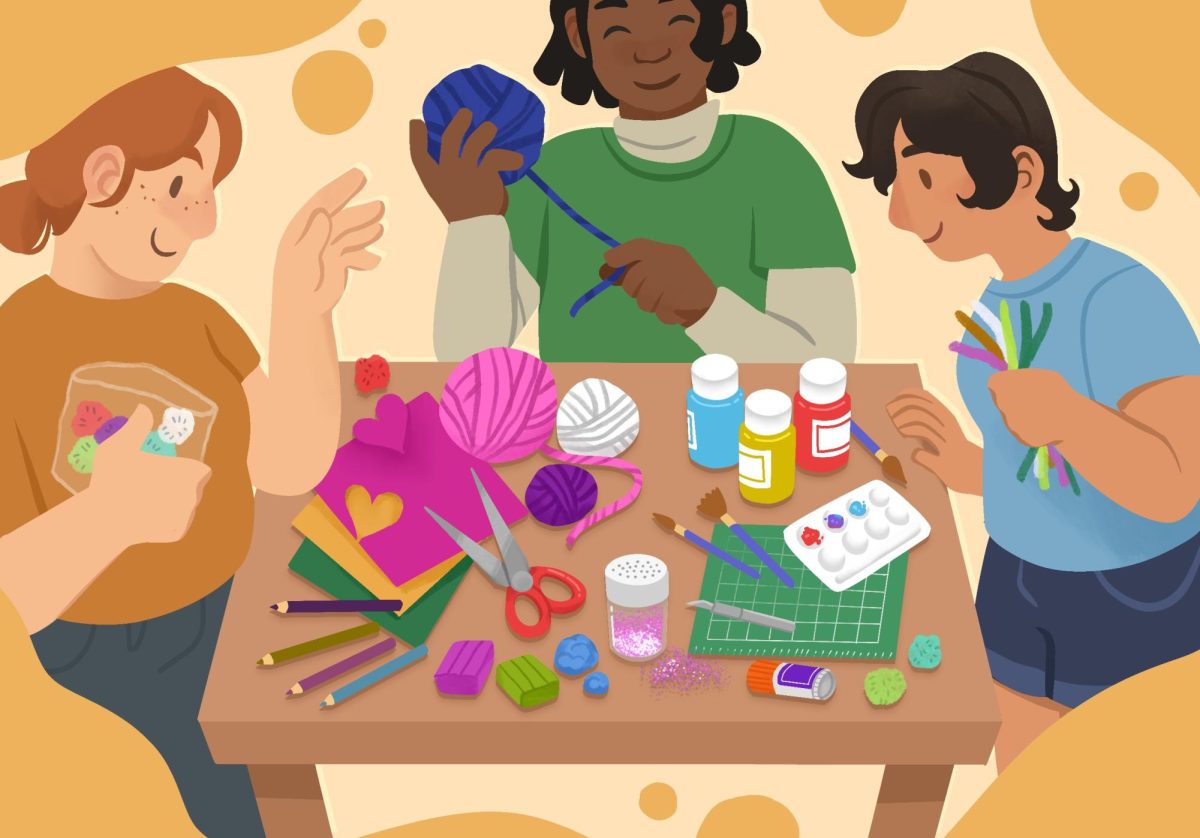In the wake of the Red Lake, Minn., tragedy, it’s pretty clear that bodyguards, metal detectors and cameras are not going to stop a school shooting. Jeff Weise, the shooter in Red Lake, showed signs of trouble long before he pulled any triggers during the weekend. By the time troubled students have decided that killing anyone, including themselves, is acceptable, it is already too late. Real prevention of school tragedy takes early, hands-on intervention.
While hindsight is always easier than foresight, the warning signs were there in this case. Weise’s classmates felt something was wrong and even heard him talk about “shooting up the school.” A barrier seems to have existed between the students and the school officials that prevented them from coming forward and reporting Weise’s disturbing behavior.
Even if students had sought out school officials, would anything have been done? In the case of the Columbine High School tragedy in Littleton, Colo., authorities had at least 15 contacts with the killers. Parents, school districts and law enforcement figures were aware of the teen’s activity.
Weise was known by students as an outcast and a loner. At best, Red Lake officials tried to protect students by simply disciplining Weise, instead of helping him with his problems. Weise tried to take his own life and school officials placed him in a home tutoring program.
Parents and authorities often seem more intent on feeling as though the issue is being addressed than actually solving it.
Students feel they are putting themselves out on the line when they reach out to adults. Adults must do the same, making real efforts to help troubled kids.
A number of things can be done to facilitate relationships between students and adults. First, the ratio of students to adults must be reasonable, which appears to be the case in Red Lake. Second, adults must have more freedom to get involved with students’ lives. Third, a pressure, social or otherwise, must be placed on adults in the position to help children get involved.
These three things are merely a start, but it is clear that troubled students are dropping signs that they need help and adults need to be more proactive.







